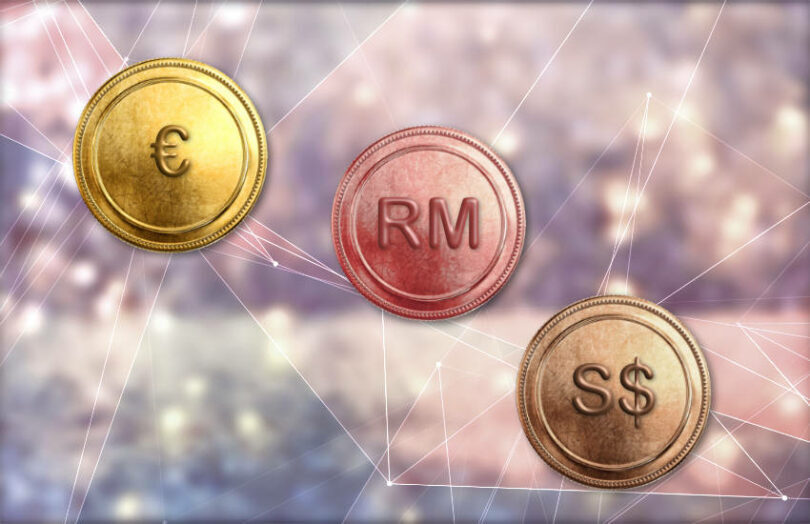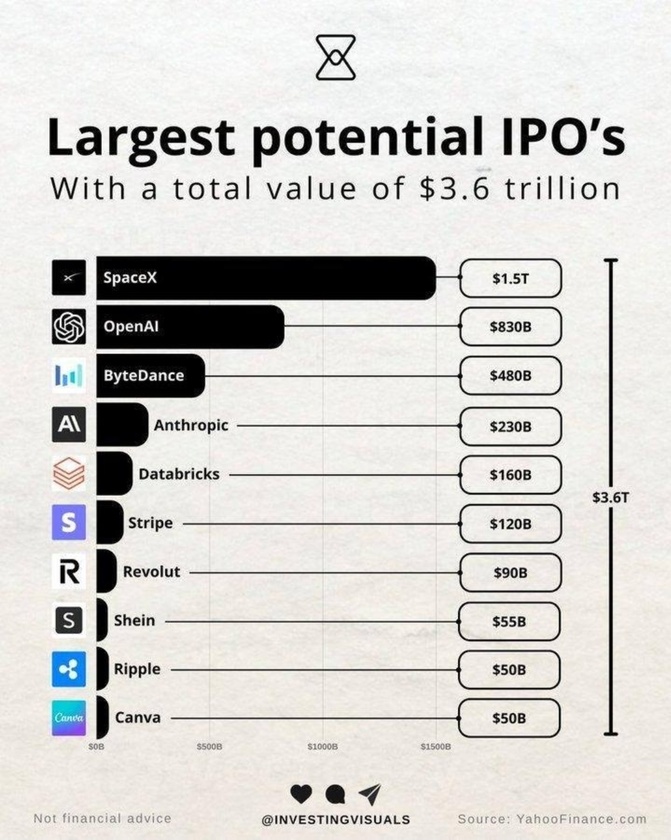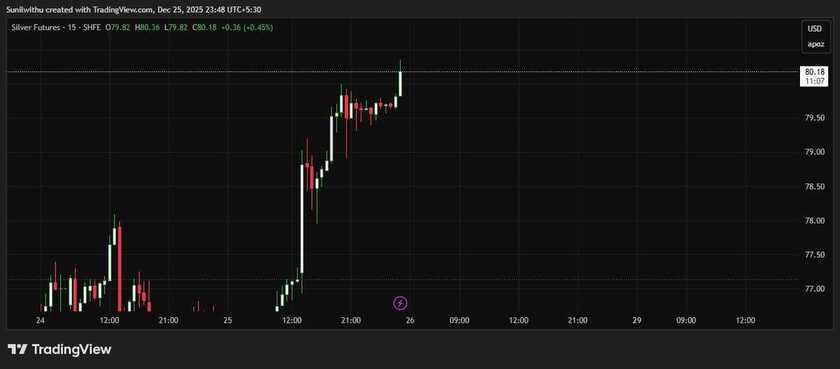Last year the BIS Innovation Hubs in Europe and Singapore announced plans for Project Rialto to explore foreign exchange (FX) for retail cross border payments. Today the BIS published a work in progress paper outlining its plans, including the involvement of the central banks of France, Italy, Malaysia and Singapore.
The Banque de France and Monetary Authority of Singapore were previously involved in Project Mariana, which also explored DeFi style automated market makers for foreign exchange.
One of the key novel aspects of Rialto is the integration of different elements. Domestic faster payment systems in each jurisdiction will link to a multinational DLT platform to support tokenization. In turn, the transnational platform provides automated FX services and hosts multiple central bank digital currencies for settlement.
The G20 has a plan to reduce the cost of cross border payments, which amount to $800 billion annually for retail payments. While the report doesn’t mention the details, research indicates that the FX costs often make up the largest piece, accounting for 50-90%+ of the cost. Apart from cost reduction, the paper outlines that the Rialto approach can also reduce liquidity, credit and settlement risk.
On-chain FX
Four different avenues for FX transactions are explored. One could go the conventional route with third party FX providers, but that won’t significantly reduce the costs. Alternatively, one could try the automated market maker (AMMs) route explored in Project Mariana that involves pools of different currencies that are available for trading based on a preset algorithm.
The reason why AMMs became popular in DeFi was order books were too expensive to maintain on-chain, because posting bids and offers came at a cost. That’s no longer such a big issue with low cost blockchains, so a third path is to have an on-chain or off-chain order book.
However, one doesn’t have to choose between the two. The final preferred option is a hybrid one, involving an AMM and an order book. A pending transaction would first check the order book to see if there’s an offer to match. If there is, the FX transaction can be executed. If not, it can fall back to the AMM.
The paper explores some of the past BIS Innovation Hub projects that have an overlap. Two newer ones also have some commonality – Project Agorá involves seven central banks and 41 institutions that are exploring a tokenized version of correspondent banking. And Project Meridian FX explores interoperability between English and EU payment systems.
Today’s Project Rialto publication outlined the policy and technical considerations for the proof of concept, which is still to be conducted.





























